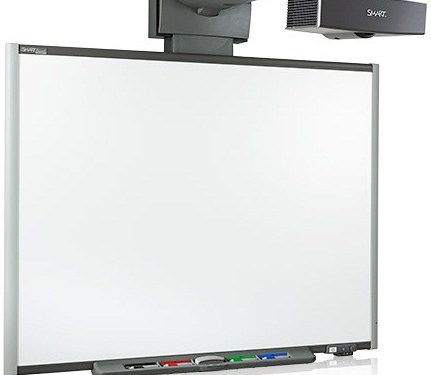Immersed in the hush of a morning classroom, a teacher ‘conducts’ the day’s symphony with a(new) magical baton – an interactive whiteboard. You’ve seen them in futuristic movies and now these sophisticated technology tools have pirouetted their way to your local school, forever changing the dynamic of learning. Welcome to ”Interactive Whiteboards in the Classroom: A Guide,” where we delve into the world of digital learning and uncover how we can transform every lesson into an engaging, interactive, and memorable masterpiece. Prepare to rethink traditional chalk and talk teaching, and step into the future of education.
Interactive whiteboards throw open the doors of possibility, infusing lessons with vivid colors, dynamic interaction, and immersive learning experiences. These cutting-edge tools take traditional methods of instruction and catapult them into the modern age, offering a range of features for teachers to captivate and engage their students. From projecting interactive games on the whiteboard to annotating and saving students’ work in real time, there are countless ways you can customize and integrate these boards into your teaching routine.
But that’s not all. By personalizing instruction and assessment, interactive whiteboards can help address individual student needs more effectively. Say goodbye to the one-size-fits-all teaching model. With these interactive whiteboards, you can tailor assignments, group work, and assessments based on each student’s pace and preferred learning style.
Here are a few possibilities:
- Assignments: Vary complexity level, provide options for visual or auditory learners, or allocate differentiated homework directly from the interactive whiteboard.
- Group work: Easily divide the class into groups according to ability levels or interests, display group tasks and instructions, and facilitate discussions.
- Assessments: Create and conduct quick quizzes, or use online resources for more comprehensive tests. You can even provide immediate feedback or save results for later discussion.
Interactive whiteboards truly bring out the best in both teaching methodology and student participation. They foster an environment that is not only visually stimulating but also interactive and highly engaging, catering to the varied learning needs and styles of every student in the classroom. These boards are therefore an invaluable tool for both teachers and students, promising a brighter, more dynamic future for education.
In the edifice of modern education, interactive whiteboards have illuminated classrooms with their boundless potential. They’ve journeyed far beyond the chalk dust of traditional learning, becoming a beacon of interactivity, creativity, and dynamic communication. This guide has walked you through the corridors of available options, solutions and applications, allowing you to transfuse your own classrooms with this digital lifeblood. It’s clear that these high-tech canvases, brimming with the power to animate ideas, engross students and foster real-time collaboration, are here to stay. As the chalk gives way, hands reach out to grasp the intriguing tools of the future – highlighting that learning is, indeed, an interactive voyage. So, tune into this powerful frequency, and let the symphony of knowledge float in the classroom, facilitated by none other than interactive whiteboards. Instrumental in equipping students and shaping enquiring minds, it’s fascinating to ponder - where will our digital doodlings on the interactive canvas lead us next in the grand journey of education?






